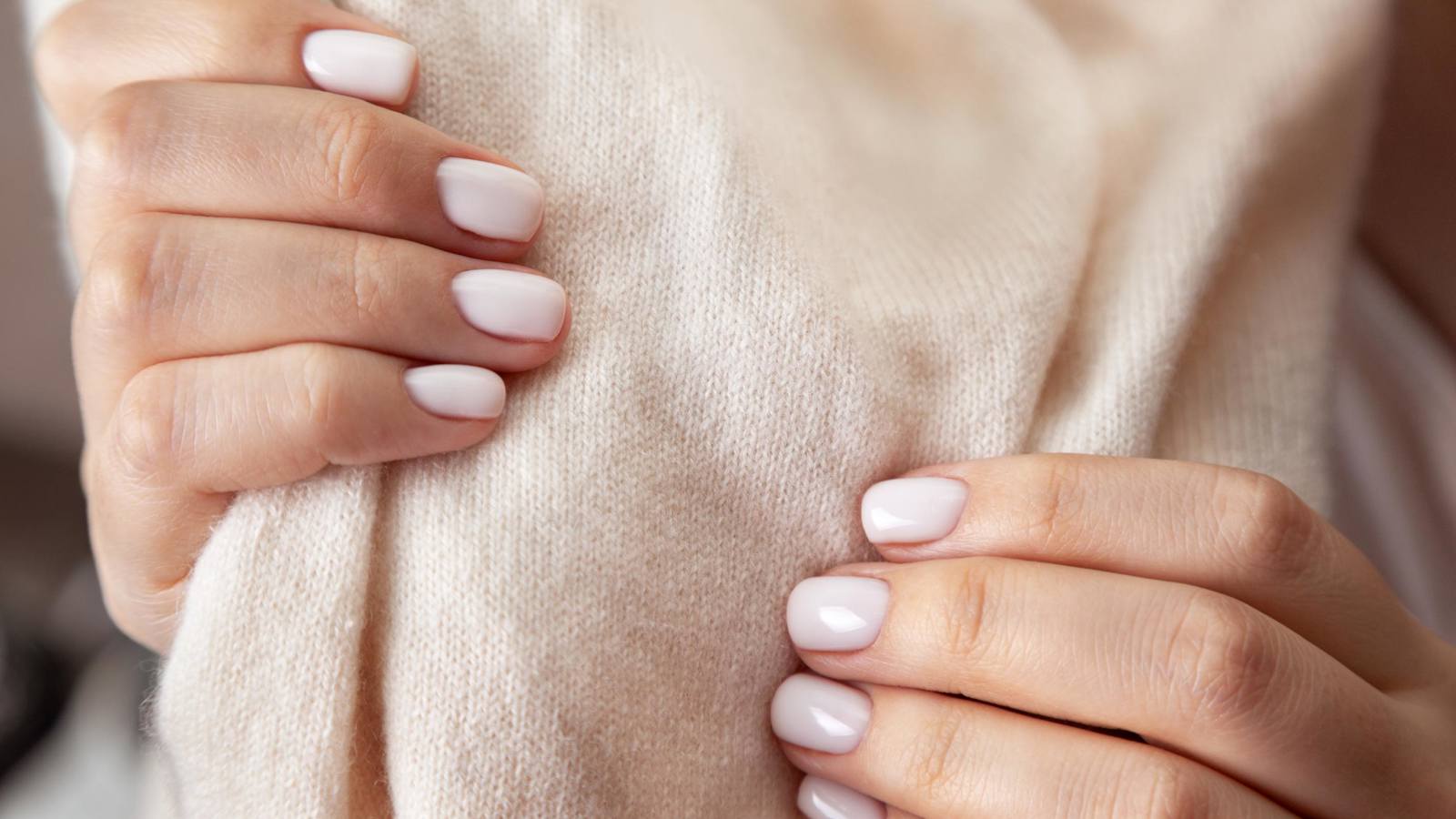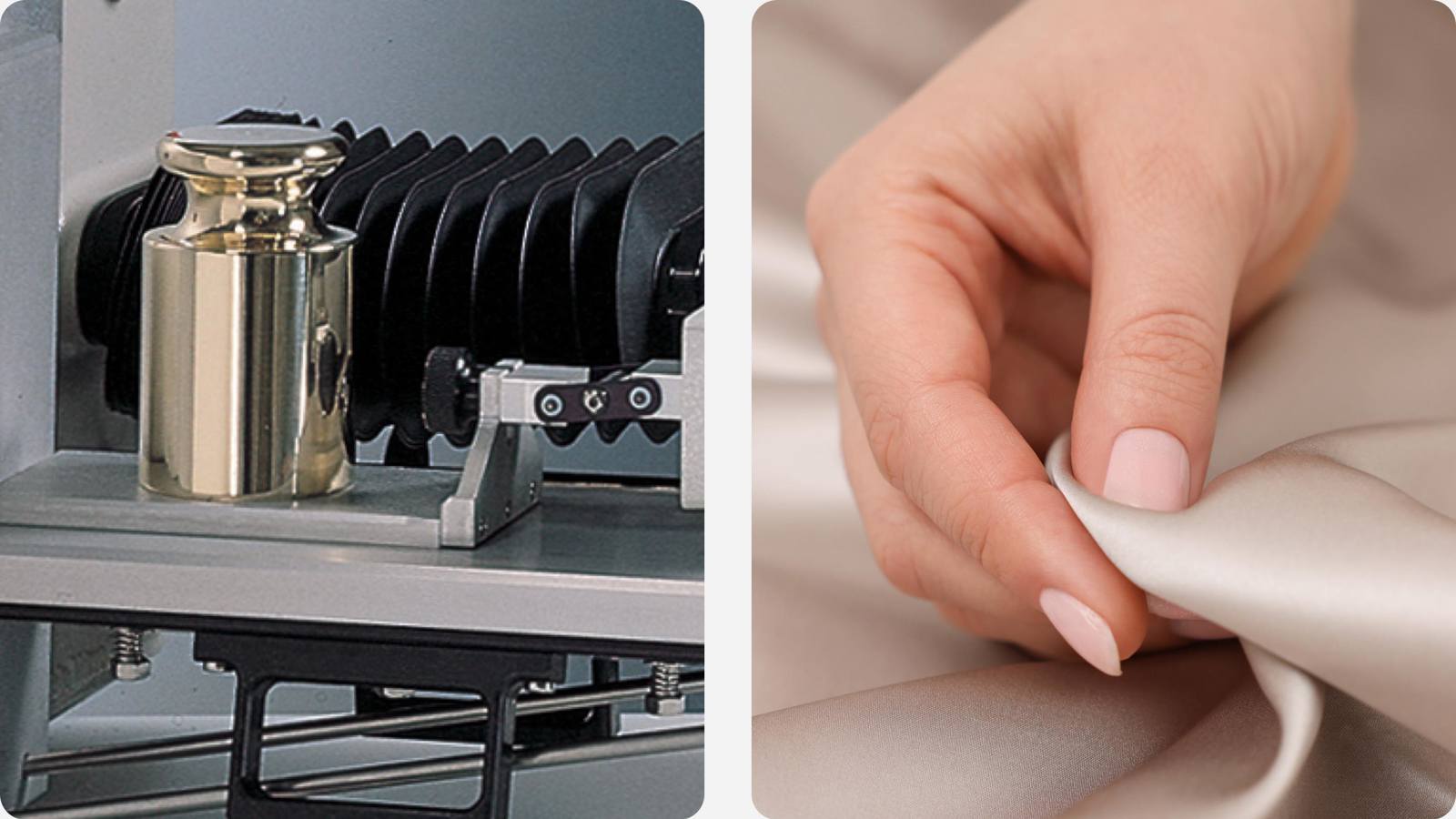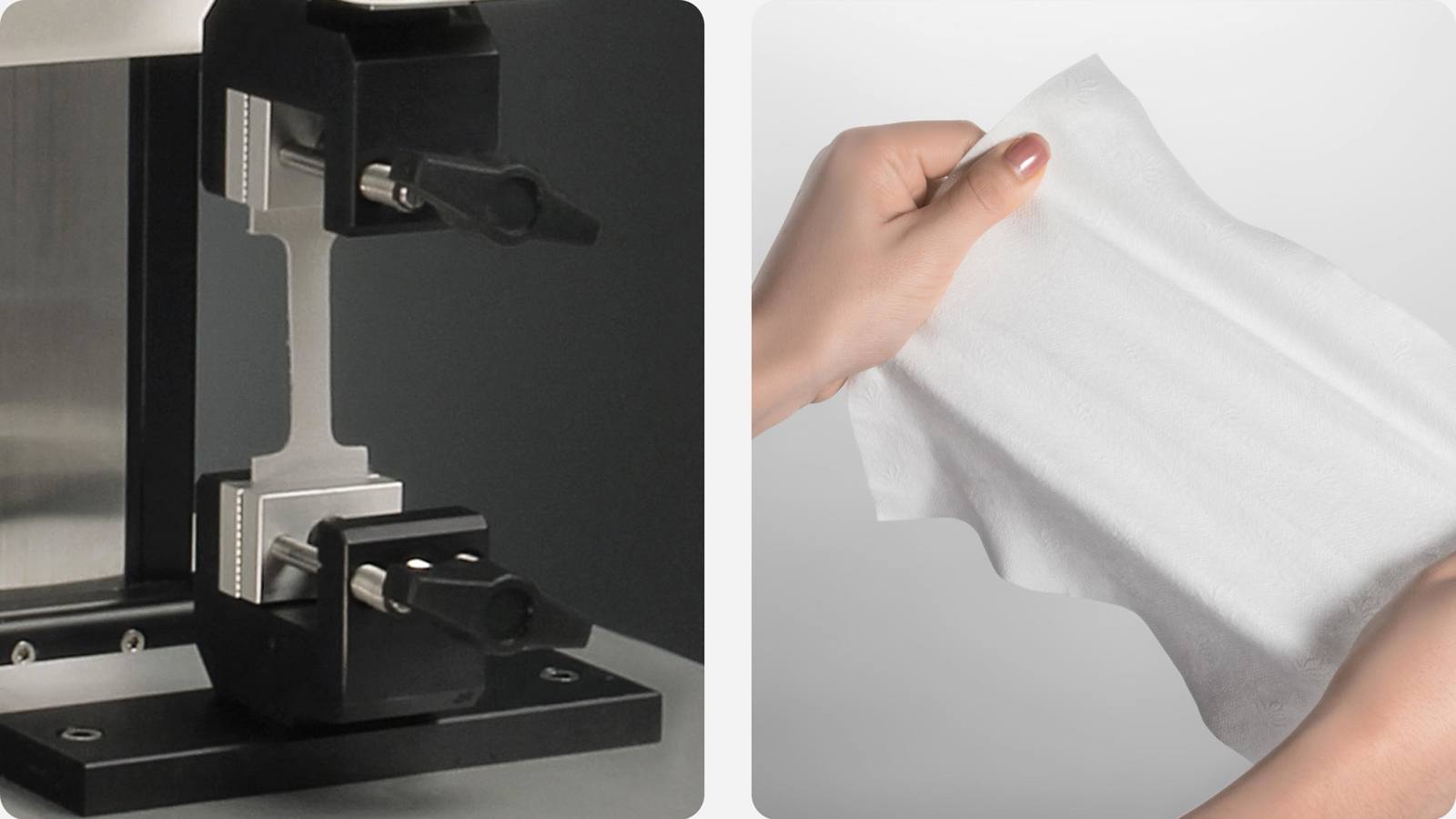
The sensory importance of touch texture in consumer experience

When it comes to consumer experience, the sense of touch and the texture of products play a significant role in shaping perceptions and influencing purchasing decisions. The tactile experience adds a sensory dimension to the overall interaction, allowing consumers to connect with products on a deeper level. Let's explore the sensory importance of touch texture in the consumer journey and how it impacts various product categories:
1. Emotional connection and engagement
The sense of touch triggers emotional responses in humans. Texture can evoke feelings of comfort, cosiness, excitement, or even nostalgia. For example, a velvety sofa in a furniture showroom with a gentle bounce (due to its compressive properties) may make potential buyers envision themselves lounging comfortably in their living room. Similarly, a silky-smooth fabric in clothing can make customers feel elegant and luxurious whilst a stretchy fabric can translate to comfort and loungeability.
When it comes to buying a car, the touch and feel of the interior materials and controls are essential for potential buyers. Soft-touch materials, firm leather upholstery, and a well-designed dashboard all contribute to the perception of luxury and quality. Additionally, the weight and tactile actuation response of buttons, switches, and knobs can affect how the driver interacts with the vehicle, leading to a more satisfying driving experience.
Businesses can leverage textures strategically to create emotional connections between consumers and products, making the experience more memorable and compelling.

2. Perceived quality and value
The texture of a product can significantly influence how consumers perceive its quality and value. In the food industry, the texture of a product can imply freshness and authenticity. For instance, a crunchy granola bar might signal natural ingredients and wholesome nutrition. Consumers tend to associate certain textures with specific attributes, and businesses can use this to their advantage in branding and product positioning.

3. Sensory exploration and decision-making
Engaging with products through touch allows consumers to explore and assess the item before making a purchase decision. Whether it's feeling the stretch of a fabric or the snap of a biscuit these tactile interactions provide valuable information that influences consumers' perceptions. In the world of home decor and furniture, for example, testing the softness and support of a couch, or feeling the texture of fabrics used for curtains and cushions all contribute to the emotional connection customers have with these products. The tactile experience can evoke feelings of comfort, luxury, or durability and a positive sensory experience can lead to increased trust and confidence in the product, encouraging consumers to proceed with the purchase.

4. Enhanced user experience
In the digital realm, haptic technology has emerged to simulate tactile sensations in touchscreens and virtual reality devices. Adding tactile feedback to these interactions enhances the user experience, making it more immersive and engaging. The satisfying click of mechanical switches in gaming keyboards or the smooth scroll of a well-built mouse makes the consumer feel more connected to the product. Even with the rise of virtual reality, tangible controllers and handheld devices add a deeper level of immersion to the overall experience.

5. Differentiation and brand identity
Texture can be a powerful tool for product differentiation and establishing a brand's identity. By focusing on unique textures or incorporating distinct tactile elements, businesses can make their products stand out in a crowded market. Consider skincare products with velvety finishes. In the beauty industry, consumers want to try products like lipsticks, foundation, or moisturizers before committing to a purchase. Feeling the texture of a cream or testing the shade of a lipstick by gliding against one's skin can make a significant difference in the buying experience. Tactility allows customers to ensure the product aligns with their preferences, skin type, and overall expectations. These distinctive textures can become synonymous with the brand and help create a lasting impression on consumers.

In conclusion, the sensory importance of touch texture in the consumer experience goes beyond mere physical interaction. It impacts emotions, perceptions, and decision-making, making it a vital aspect of product design and marketing. Businesses that understand and leverage the power of texture can create more meaningful and satisfying interactions with consumers, ultimately fostering brand loyalty and long-term success. Whether it's in physical products or digital interfaces, incorporating thoughtful and engaging textures can leave a lasting impression on customers and elevate the overall consumer experience.
Discover a wide range of testing solutions for leather and textiles, electronics, cosmetics and materials.












